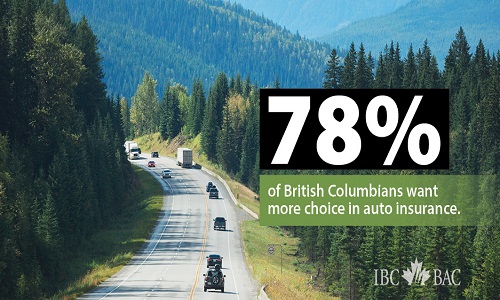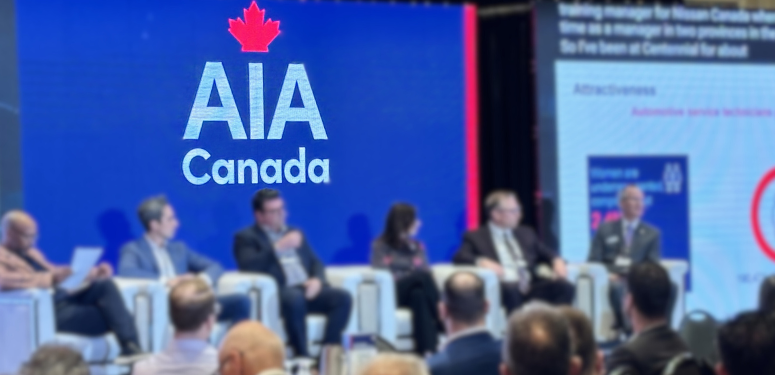Like so many important questions, the answer is an unsatisfying. It depends who is asking.
This magazine does not like to leave its readers unsatisfied. To that end, CRM is running a two-part series looking at the questions raised by the fiscal crisis facing the ICBC.
In the first part, we take a broad look at the industry, exploring how the general public and insurance analysts have responded to the situation. In the second part, we will hone in on the opinions of B.C.’s collision repairers, exploring why they are so divided on the question.
By Jordan Arseneault
Toronto, Ontario — June 14, 2018 — Facing another year of rate hikes and service cuts, the vast majority of British Columbians feel that it is time the province’s auto insurance sector be privatized. It is easy to understand why.
Last year, drivers in the province, who are required by law to have coverage from the Insurance Company of British Columbia, paid an average of $1,680 for auto insurance — higher than in any other province, and more than twice the amount paid by Prince Edward Islanders, who’s drivers averaged a payment of $796 last year.
Even Ontario motorists, who had the country’s second highest auto insurance rates, paid significantly less, at $1440. Despite paying less, however, Ontarians recieved, on average, more coverage than B.C. drivers.
To make matters worse, ICBC customers have faced both rate hikes and coverage reductions in the months since it emerged that the company was facing a fiscal crisis. Last fall, the new provincial government discovered that the insurer would lose 3.3 billion in 2017. Despite taking steps to restore the ICBC’s finances, the insurer looks set to lose another $1.3 billion in 2018.
Few believe the situation is anything but untenable. A recent poll of drivers in the province found that 78 percent were in favour of having choice when it came to auto insurance. Calls for the market to be opened up are growing, and some industry analysts are pointing to the situation as a textbook example of why government intervention in the market is unwise.
“The rational for public insurers is to ensure affordable and available coverage to all, but in reality it’s quite the opposite,” says Aaron Sutherland, IBC’s vice president of the Pacific region. “Private systems are a much more effective steward of the auto insurance system in Canada.”
With ICBC being the sole primary insurance provider in the province, there is no room for competition to drive down the rates or take away the business ICBC can no longer afford. The result is drivers being left on the hook to pay extreme insurance rates.
“ICBC has a monopoly on the market and as a result B.C. pays more than anyone else in the country,” says Sutherland. “If we want to start talking about improving affordability in auto insurance and driving rates down, you need to start looking at all the options.”
As to how these problems might be fixed, Sutherland has an easy solution — “Let drivers decide if their needs are being met, if not let them take their business elsewhere.”
There is, however, far more to the story. While none of those suggesting that the ICBC should be preserved without significant changes being made to its business model, many believe that the Crown corporation could be effectively reformed — and they make a convincing case.
Suggesting that public auto insurance systems don’t work as a rule is misleading.
Both Manitoba and Saskatchewan have a public system. Ranked as the fifth-and-sixth least expensive provinces for auto insurance respectively, most of the higher ranked provinces are far smaller by population. Rather than being catastrophic for central Canadian drivers, their public insurance should inspire envy in most Canadians.
But it isn’t just that public insurance systems can work in other parts of Canada. Defenders of the ICBC would point out that it worked effectively for four decades, until a policy change in 2010.
That year, members of the taxation-averse provincial government noted that, for a not-for-profit company, the ICBC was exceptionally profitable. Rather than allowing the company, which had successfully operated since 1970, from reinvesting profits into its operations, the government promptly voted themselves the right to take dividends.
In the short term, the scheme was successful. Tax cuts could be announced, with the ICBC helping to plug the budget shortfall. In the long term, it created a fiscal quagmire. Under pressure, the ICBC was forced to operate like a for-profit business. Unconcerned, the provincial government continued to deplete the ICBC’s cash reserves. The artificial monopoly the ICBC held on auto insurance served as a tax on drivers.
There can be no question that drivers are being poorly served by the ICBC, though strong cases are being made about whether it should be reformed or dismantled.
But drivers – and advocates for the insurance industry – are hardly the stakeholders most strongly impacted by the fate of the ICBC. For collision repairers, the ICBC’s future is almost personal.
On the one hand, opening up the insurance sector to private companies would mean that repairers would suddenly have to change their procedures and face market pressures that few in the industry have ever faced. On the other, such a reconfiguration of the B.C. market could present an extraordinary opportunity for those businesses able to quickly adapt to the privatization.
In the second part of this series, CRM will explore the polarization of opinion within the collision community, and examine what privatization would mean for the province’s repairers.





































